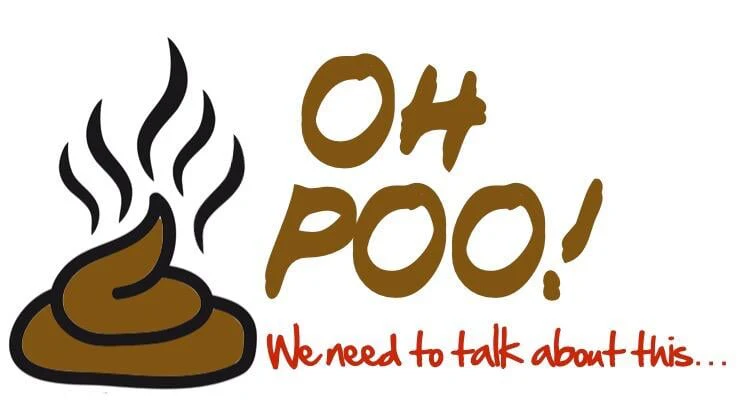
- Health advice
- Aug 02, 2015
We try to avoid talking about our faeces (poo) and it’s certainly not considered table talk. But it is a simple fact of life.
Food in = poo out
The shape, size, colour and odour can provide an insight into your overall health, your digestive health and other diseases such as some infections and cancer.
What’s in your poo?
Would you believe that your poo is 75% water. About 100 millilitres of fluid a lost a day by a very efficient balancing act. The water helps to make our poo soft enough to collect our metabolic waste products and transport them out the body. The rest of the 25% of poo is:
- 30% is dead bacteria - gut bacteria is forever regenerating to ensure healthy digestion.
- 30% is indigestible vegetable fibre such as cellulose. And yes, the type of food you eat makes a difference to the amount of poo you pass in a day.
- 10-20% is made up of cholesterol and other fats.
- 10-20% is waste or inorganic products such as unwanted food components such as food dye and also cell debris, bile pigments and dead white blood cells.
- 2% is protein
What should your poo look like?
Every person has their own individual bowel habits. Your poo should be soft and easy to pass. The Bristol Stool Chart is used to determine the consistency of your poo. Most people are reluctant to talk about their poo and may not know that they have unhealthy looking poo. Type 4 usually indicates a healthy digestive system. Type 3 is often considered normal but if so the poo should pass easily. Types 1 and 2 are considered constipation. Type 1 may be due post anti-biotic use or low fibre diets and the stools may have taken about 100 hours to pass through your system. Type 2 is often a sign of irritable bowel syndrome. Types 1 and 2 may cause internal damage by scrapping. Type 5 may indicate precursor to diarrhoea and is often associated with diet. Type 6 is loose and may indicate excess dietary potassium, food intolerances or stress. Type 7 is entirely liquid (diarrhoea) and can be caused by infections or food poisoning.
Should your poo have a smell?
All poo has an odour but it’s only when it gets really bad that we need to look at what is happening. Health problems associated with an ongoing problem of smelly poo include malabsorption disorders, celiac disease, chronic disease or chronic pancreatitis. Did you know that flatulence, not in excess, is considered normal up to 14 times per day?
What colour is your poo?
The natural colour of poo ranges from brown to a yellowish brown. White, pale or grey poo may indicate a lack of bile. Yellow poo may indicate Gilbert’s syndrome, gallbladder problems or a giardia infection. Black or red stools may indicate blood somewhere in the gastrointestinal tract. Medical advice is recommended for poo that is not a natural colour.
How often should you poo?
While this can vary, anything between three times a day to three times a week is considered normal.
What can you do to improve you toilet habits?
- Eat a good whole food diet rich in fibre including plenty of fresh fruit and vegetables. Consider other forms of fibre such as pysllium husks or ground flaxseed meal.
- Drink 1 ½ to 2 litres of water per day.
- Exercise regularly on a daily basis.
- Include fermented foods or a probiotic.
- Identify and remove any food irritants such as gluten, dairy or any other known food intolerances.
- Avoid other gastrointestinal irritants such as caffeine, MSG, artificial sweeteners, processed foods and chemical additives.
- Learn to relax.
Naturopath Janne Ramsay
Janne Ramsay is a Naturopath at Mr Vitamins clinic and has a special interest in Digestive problems and treating the many symptoms that go with it. Learn more about Janne here You can also join Mr Vitamin’s Naturopath Janne Ramsay as she takes you through an informative and fun presentation on the basics of healthy digestion. Discover how your digestive system directly impacts your health. References: http://articles.mercola.com/sites/articles/archive/2013/02/14/normal-stool.aspx https://www.gutsense.org/constipation/normal_stools.html Enders G. Gut, the inside story of our body’s most under-rated organ.






